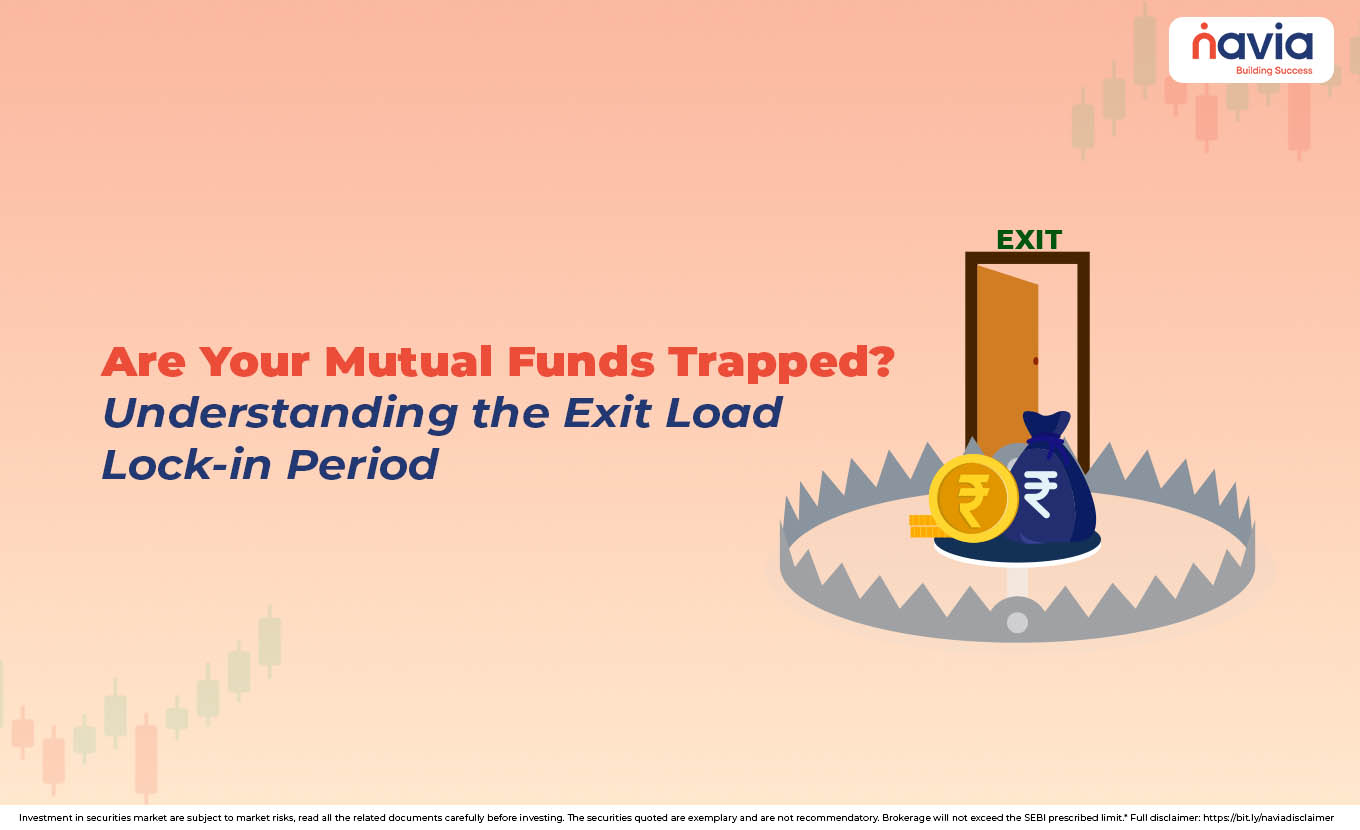What are Close-Ended Funds?

There are two common categories included in mutual funds: open-ended and close-ended mutual funds. Open-ended funds offer flexibility in buying and selling at any time, while closed-ended funds operate with a fixed structure. But remember it also offers certain advantages and limitations.
In this blog, we explain to you about what are close-ended mutual funds, how they work, their benefits, and risks with real-time examples. This guide will help you make informed decisions.
What are Close-Ended Funds?
Close-ended mutual funds are investment schemes that come with a fixed maturity period, typically 3 to 5 years. These funds are open for subscription only during the NFO (New Fund Offering) period. After completing the NFO period, no new investors can join, or existing ones can exit until maturity. To offer some liquidity, these funds are listed on stock exchanges that will help investors to buy or sell units like stocks.
Types of Close-Ended Mutual Funds
Like open-ended funds, close-ended funds also have various types that are based on asset allocation:
| Types | Definition |
| Equity close-ended funds | These are aim for long-term capital appreciation and ideal for investors with high-risk appetite. |
| Debit close-ended funds | It’s safer and suitable for conservative investors and they can invest in bonds and debentures. |
| Hybrid close-ended funds | Combination of equity and debt instruments, offering balanced risk-return profile. |
| Fixed Maturity Plans (FMPs) | Most popular close-end debt fund, it has a fixed tenure and invest in instruments |
Benefits of Close-Ended Funds
Close-ended funds offering you many benefits some of them are listed below;
| Benefits | Definition |
| Stability | Fund managers can plan long-term strategies by using this strategy, and they don’t need to worry about sudden withdrawals. |
| Disciplined Investing | It can prevent impulsive decisions, because the investment is locked in for long and fixed terms so they can think long-term. |
| Better Returns | Because of the stability of funds, fund managers can deploy strategies to get better returns. |
| Market Price Based on Demand | Selling on the stock exchange at prices that are determined by the demand and units of the scheme. |
Drawbacks of Close-Ended Mutual Funds
Before we decide, it’s better to know the drawbacks of close-ended mutual funds that are given below;
| Drawbacks | Definition |
| Limited Liquidity | Investors can’t redeem their units before the end of the maturity period. |
| Only Lump Sum Option | It offers only Lump sum option, unlike open-ended funds, close-ended funds didn’t offer SIP. |
| Driven by Fund Manager | In open-ended schemes, investors can analyze the performance of a mutual fund scheme in different market situations. This data is available with the scheme, but in closed-ended funds this is not available. |
| Market-driven Prices | If liquidity is low on the stock exchange, you must face challenges while selling units. |

Performance of Close-Ended Funds
*Source: AMFI
| Latest NAV | 5-Year Return (%) | |||||
| Scheme Name | Benchmark | Regular | Direct | Regular | Direct | Benchmark |
| Aditya Birla Sun Life Frontline Equity Fund | Nifty 100 TRI | 527.5000 | 582.4800 | 22.23 | 23.05 | 21.49 |
| Axis Large Cap Fund | BSE 100 TRI | 60.3600 | 69.3700 | 16.45 | 17.67 | 22.46 |
| Bandhan Large Cap Fund | BSE 100 TRI | 76.4780 | 87.7310 | 20.80 | 22.25 | 22.46 |
| Baroda BNP Paribas Large Cap Fund | Nifty 100 TRI | 221.1996 | 254.8164 | 20.90 | 22.36 | 21.49 |
| Canara Robeco Bluechip Equity Fund | BSE 100 TRI | 63.2000 | 72.9200 | 20.69 | 22.34 | 22.46 |
| DSP Large Cap Fund | BSE 100 TRI | 477.2320 | 521.0330 | 21.47 | 22.43 | 22.46 |
| Edelweiss Large Cap Fund | Nifty 100 TRI | 84.3500 | 96.6900 | 21.18 | 23.07 | 21.49 |
| Franklin India Bluechip Fund | Nifty 100 TRI | 1020.3326 | 1128.6118 | 20.06 | 21.00 | 21.49 |
| Groww Large Cap Fund | Nifty 100 TRI | 42.5900 | 51.0100 | 18.52 | 20.18 | 21.49 |
| HDFC Large Cap Fund | Nifty 100 TRI | 1136.7040 | 1228.5730 | 23.16 | 23.88 | 21.49 |
Examples of Close-Ended Funds
Some of the closed-end mutual funds offered in India is given below;
🠖 ICICI prudential growth fund – series 2
🠖 Sundaram Long Term Tax Advantage Fund Series III
🠖 SBI Long Term Advantage Fund Series III
🠖 Reliance FHF XXV Series 15
🠖 Axis Fixed Term Plan – Series 96
These funds offer a fixed maturity period, and the funds are open for subscription only in their NFO periods.
Conclusion
If you are searching for a disciplined and long-term fund, close-ended mutual funds are ideal for all investors. We have already seen that there are so many benefits like stability and better returns, but they come with some drawbacks like limited liquidity and lump sum option. So, you can choose the fund according to your financial goals and risk appetite.
Do you want to invest in mutual funds by solving your doubts? Navia Markets is here for you to assist in your investment journey.
Do You Find This Interesting?
Frequently Asked Questions
What are close-ended mutual funds?
Close-ended mutual funds are investment schemes with a fixed maturity period and are open for subscription only during their NFO period.
How are close-ended funds different from open-ended funds?
Open-ended funds allow investors to buy or redeem units at any time, while closed-ended funds restrict entry and exit to specific timeframes.
Can I redeem my close-ended fund before maturity?
Not directly with the AMC. However, you can sell your units on a stock exchange where the fund is listed.
Do close-ended mutual funds offer SIPs?
No, they do not allow SIP investments.
Is it safe to invest in closed-ended funds?
They are subject to market risks like any mutual fund. However, fixed maturity and defined investment periods offer some predictability.
Do closed-end funds pay dividends?
Yes, some close-ended funds offer dividend options based on the performance of the underlying assets.
Can close-ended funds outperform open-ended funds?
In certain market conditions and with effective fund management, yes. However, it is not guaranteed.
DISCLAIMER: Investments in the securities market are subject to market risks, read all the related documents carefully before investing. The securities quoted are exemplary and are not recommendatory. Brokerage will not exceed the SEBI prescribed limit.






